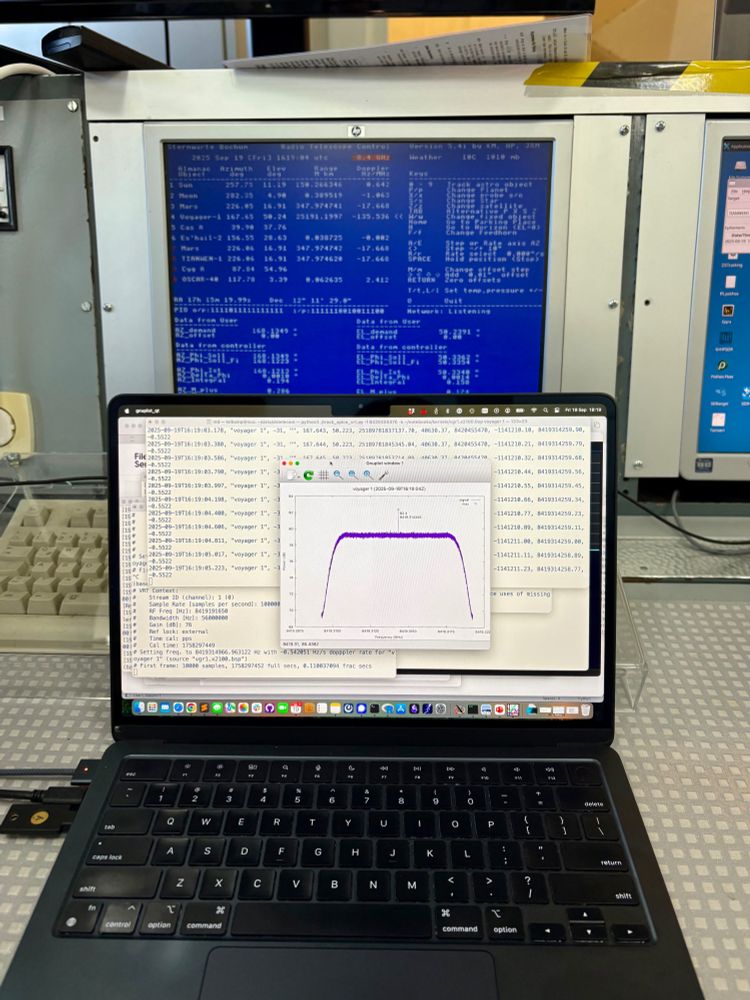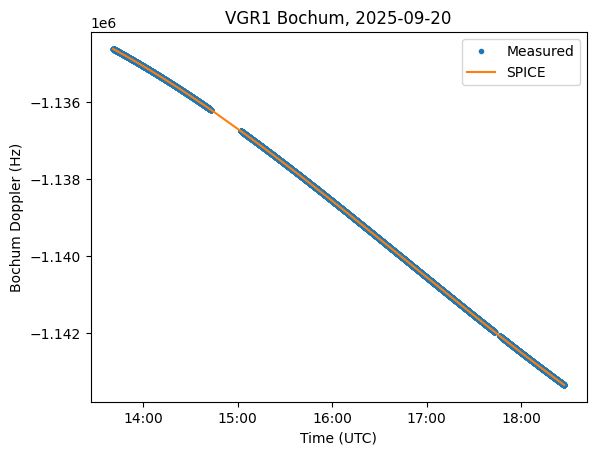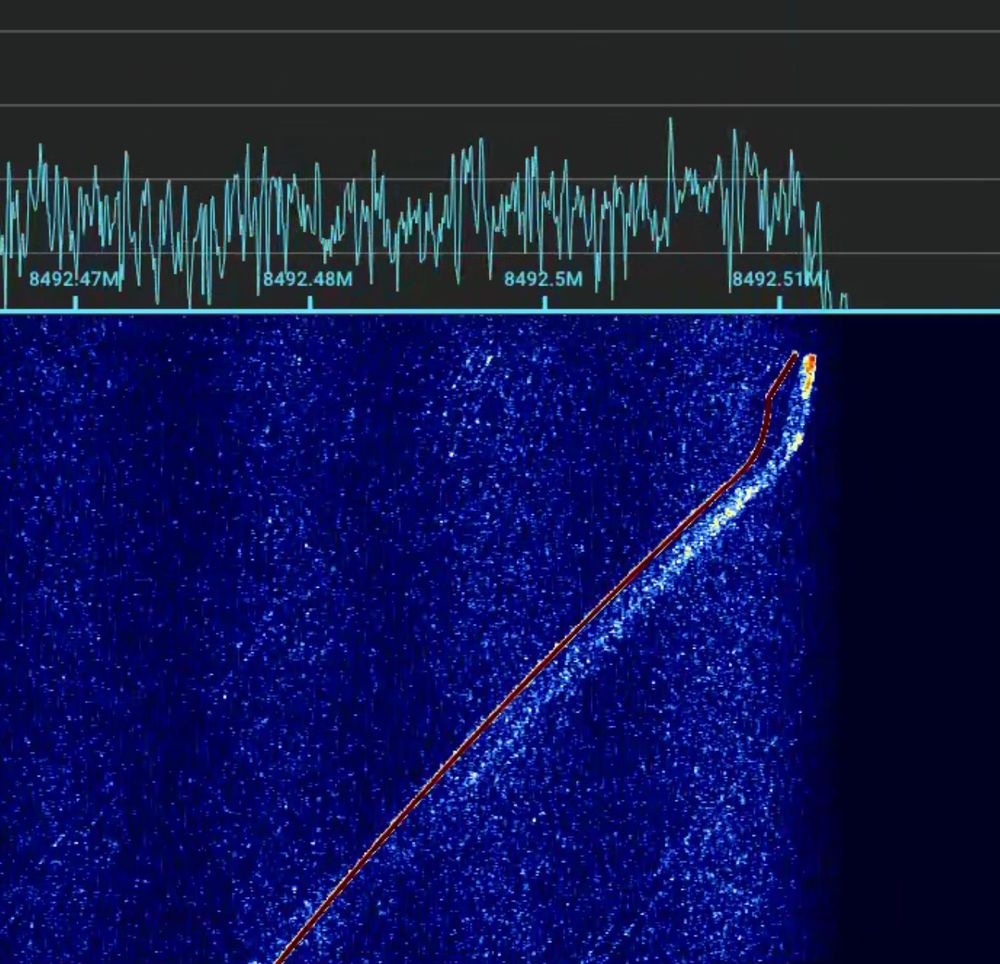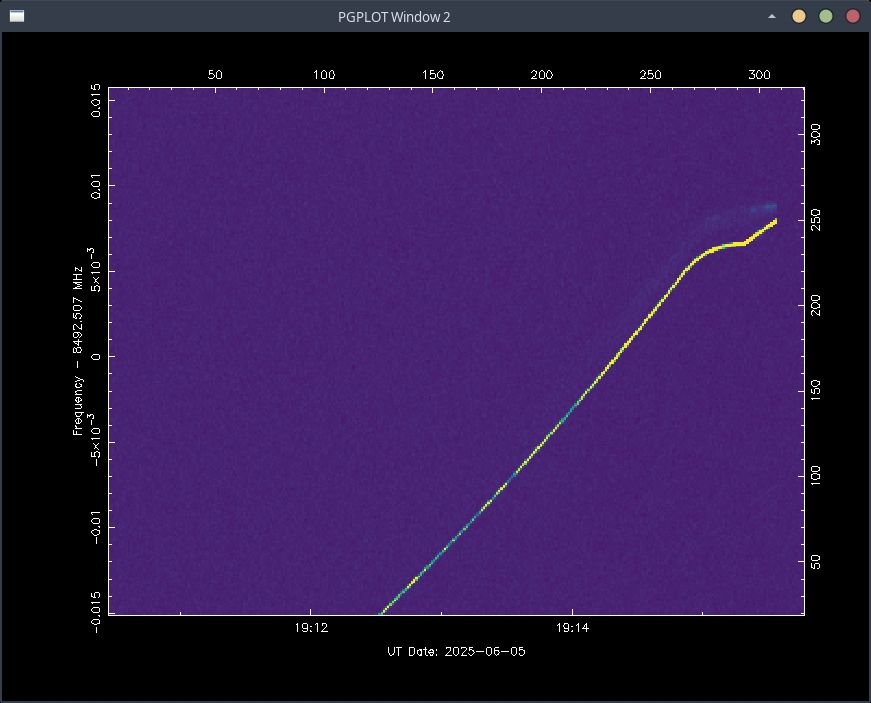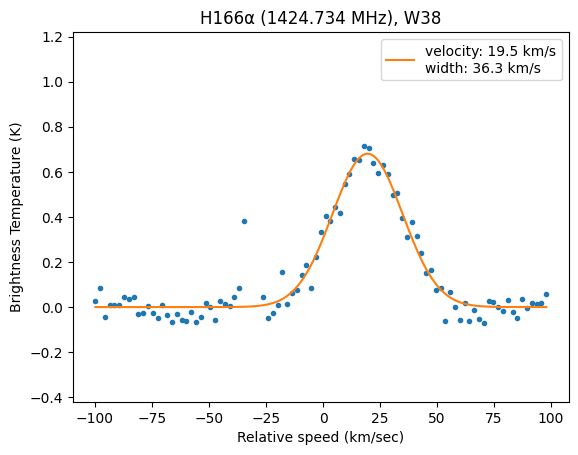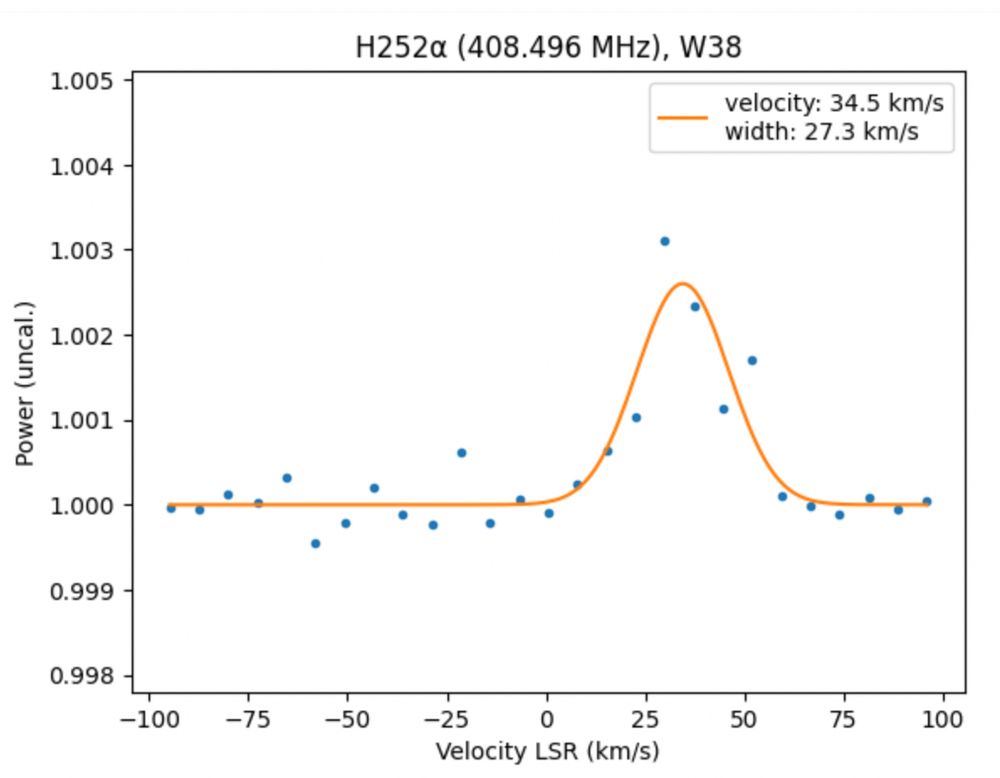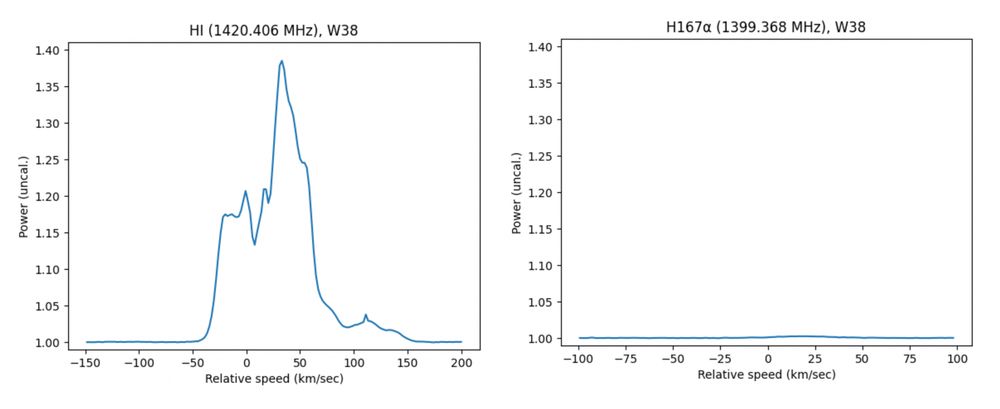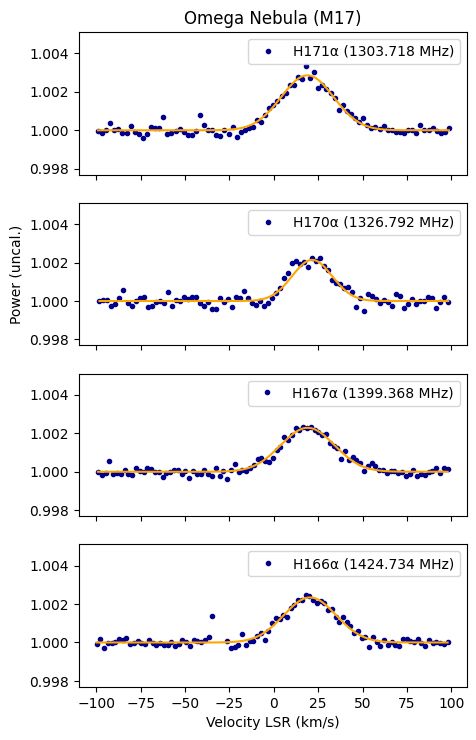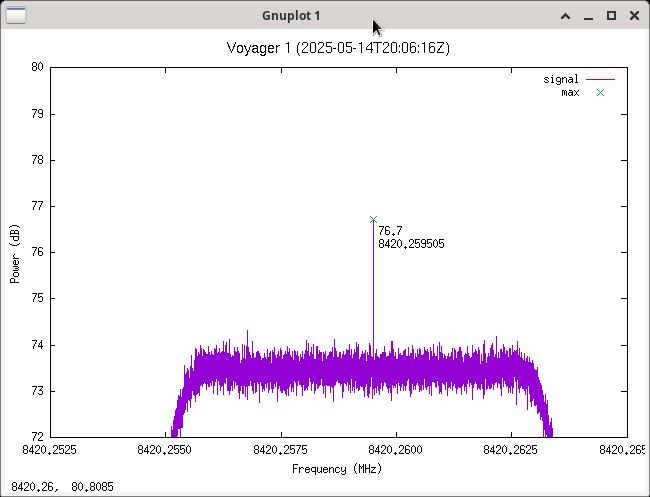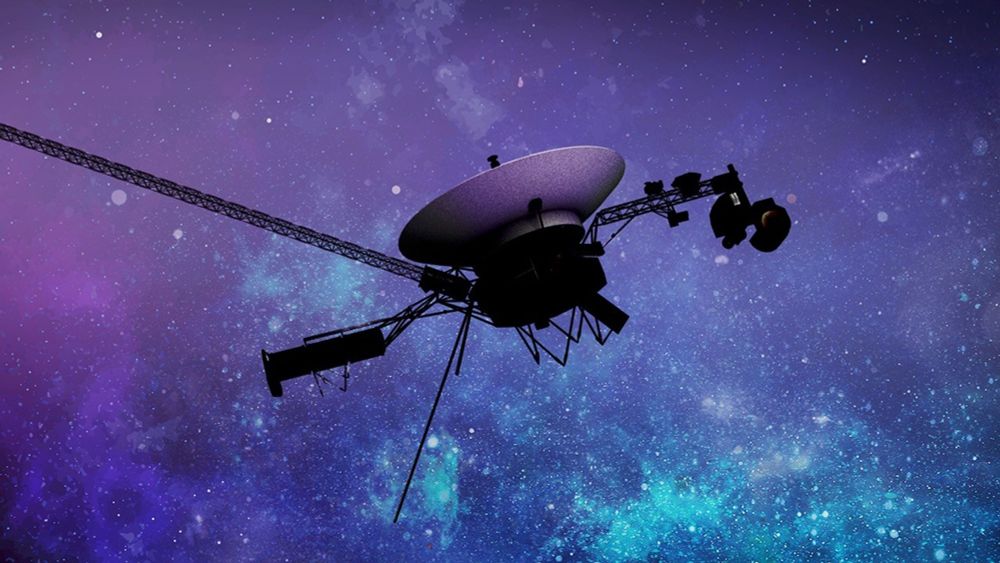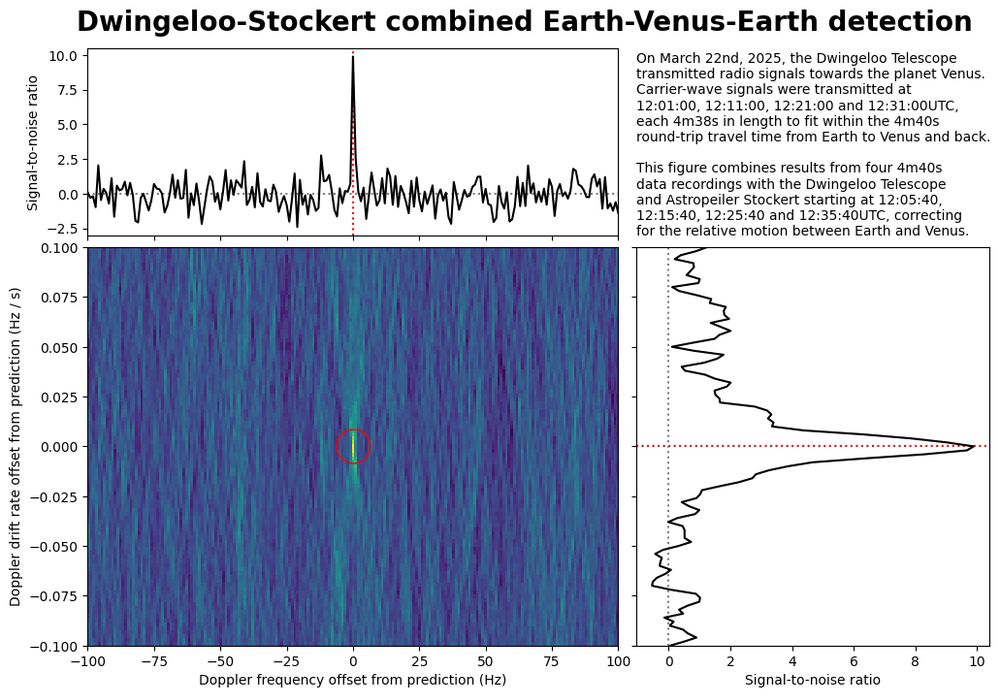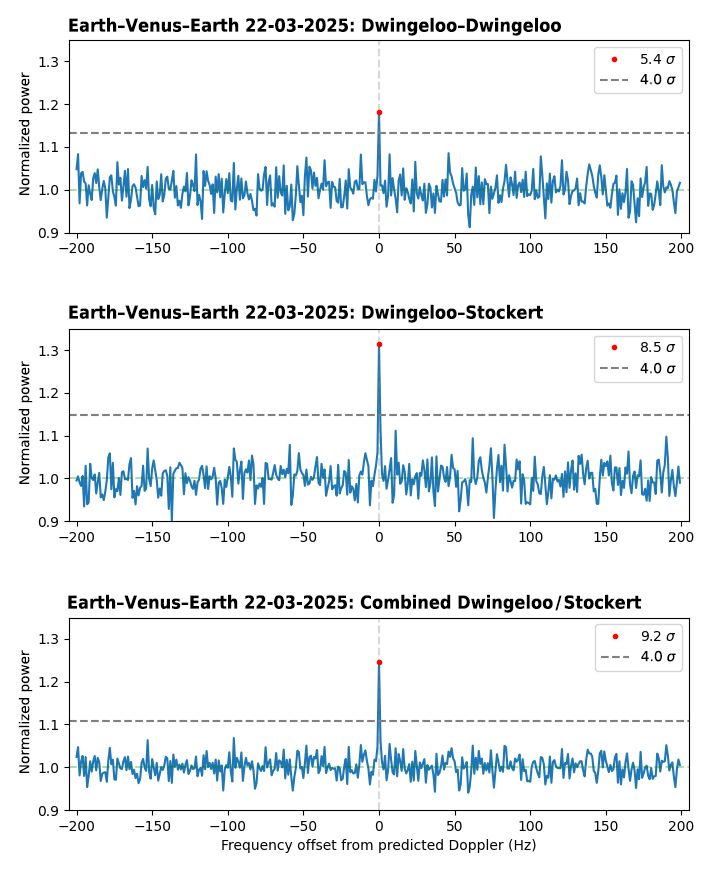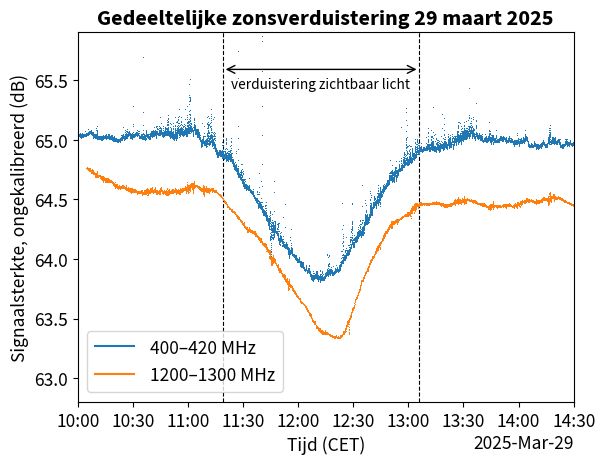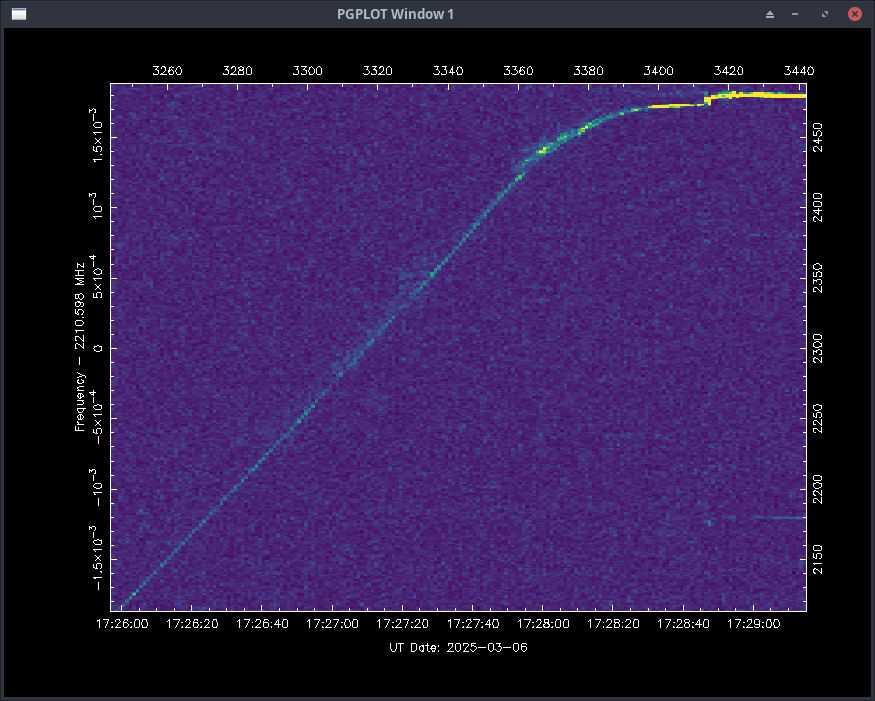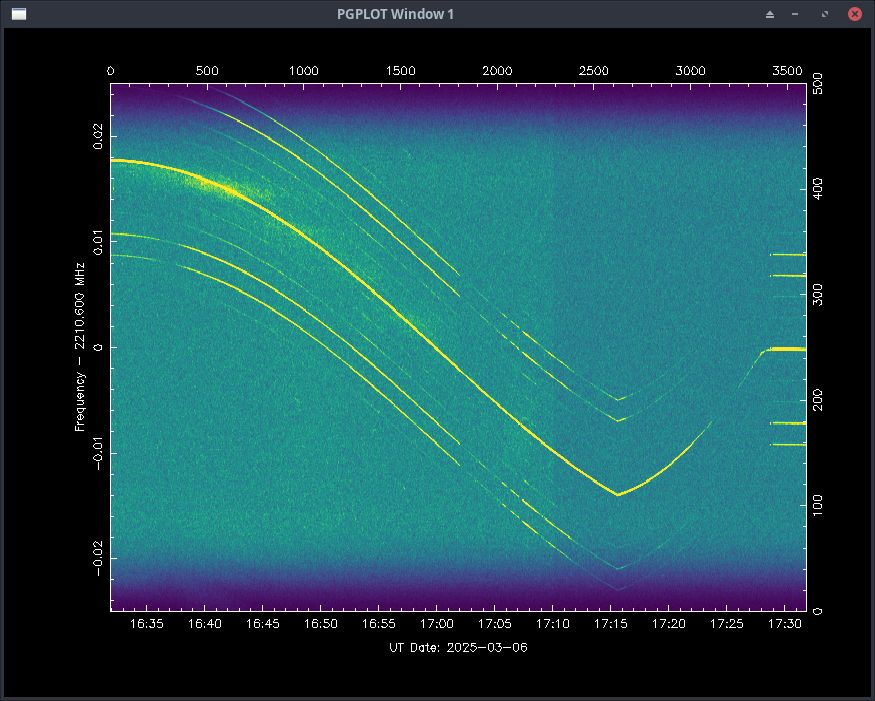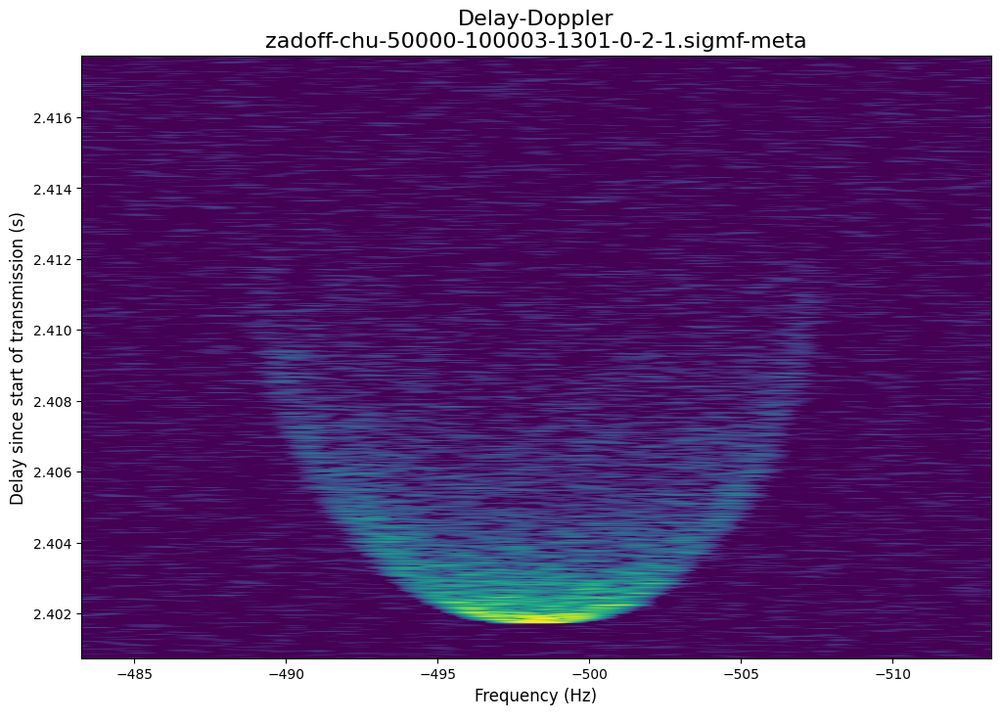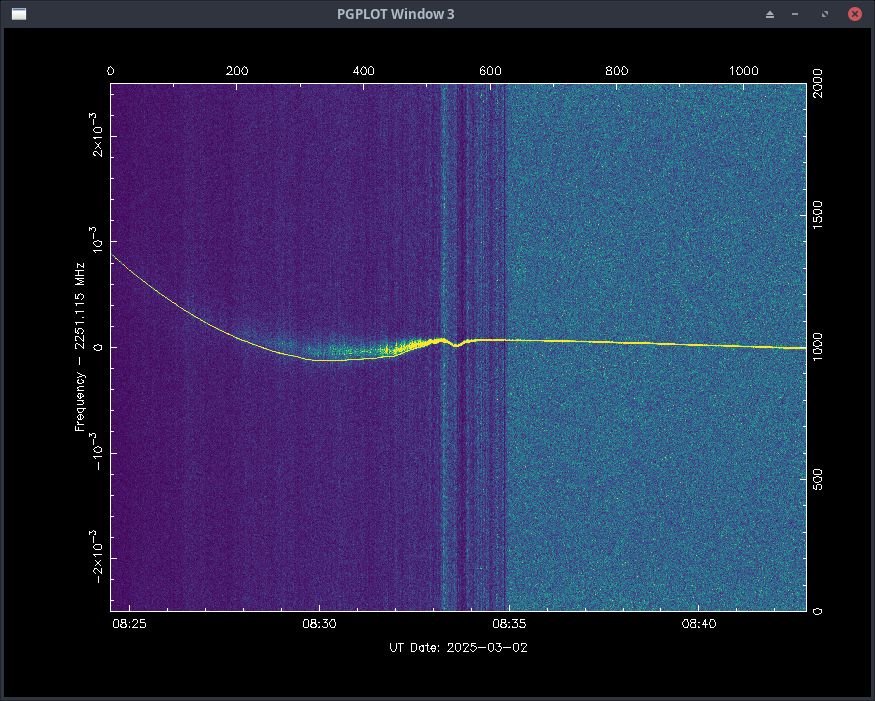Thomas Telkamp
@telkamp.eu
140 followers
230 following
26 posts
Satellites, Radio Astronomy, SDR, Signal Processing, GPU.
CTO Lacuna Space. Dwingeloo Radio Telescope.
Posts
Media
Videos
Starter Packs
Reposted by Thomas Telkamp
Reposted by Thomas Telkamp
Reposted by Thomas Telkamp
Thomas Telkamp
@telkamp.eu
· May 25
Reposted by Thomas Telkamp
Reposted by Thomas Telkamp
Reposted by Thomas Telkamp
Reposted by Thomas Telkamp
CosmicRami 🏳️🌈🏳️⚧️
@cosmicrami.com
· Apr 2
Reposted by Thomas Telkamp
Reposted by Thomas Telkamp
Reposted by Thomas Telkamp
Reposted by Thomas Telkamp
Reposted by Thomas Telkamp

